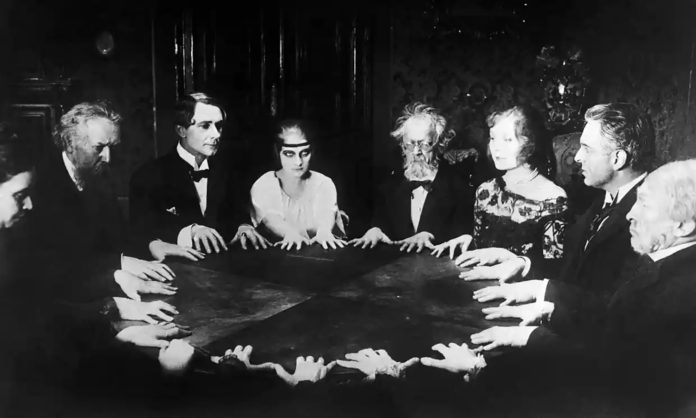In a long article for Lit Hub, Aimee Parkison shares how researching cultural taboos, particularly customs that forbid women from participating in certain behaviors, influenced her upcoming historical novel, Sister Séance.
Parkson says that researching taboos can help you understand the cultural customs and conventions of a society and time period. “Historically, taboo was related to superstition and religion,” she notes. “Terror associated with taboo behavior kept people in line, especially women, children, and the poor.” We call them superstitions now, but spilling salt and having or even seeing a black cat were cultural taboos.
In fiction set in modern times, taboo is more complicated. It’s less supernatural and more societal. “Instead, it appears as retribution from the invisible hand of society through shunning, excommunication, rejection, and judgmental labeling, keeping behavior and identity in check,” Parkson explains. “In all societies, there are the ‘good people’ and the ‘bad people,’ the good side of the tracks and the bad side of the tracks, the safe and the unsafe, the good girl and the bad girl, the clean and the unclean, the virgin and the whore. These dichotomies are connected to taboo.”
Studying taboos can help you understand how society limits your characters, and how they might limit themselves. Taboos also influence the society that creates them. As soon as a behavior is prohibited, its pursuit becomes more desirable.
In her novel, Parkson examines how séances and spiritualism helped women break taboos preventing them from speaking publicly, earning their own money, or living independently. “Séance negotiated gendered taboos by allowing women to speak publicly in the voices of dead men,” she explains. It also allowed women to help other women grieve a culturally taboo “bad” death – any death that was not peaceful and painless – by allowing grieving wives and mothers to communicate with their deceased husbands and children.












